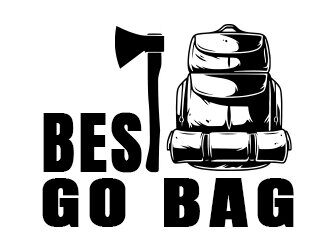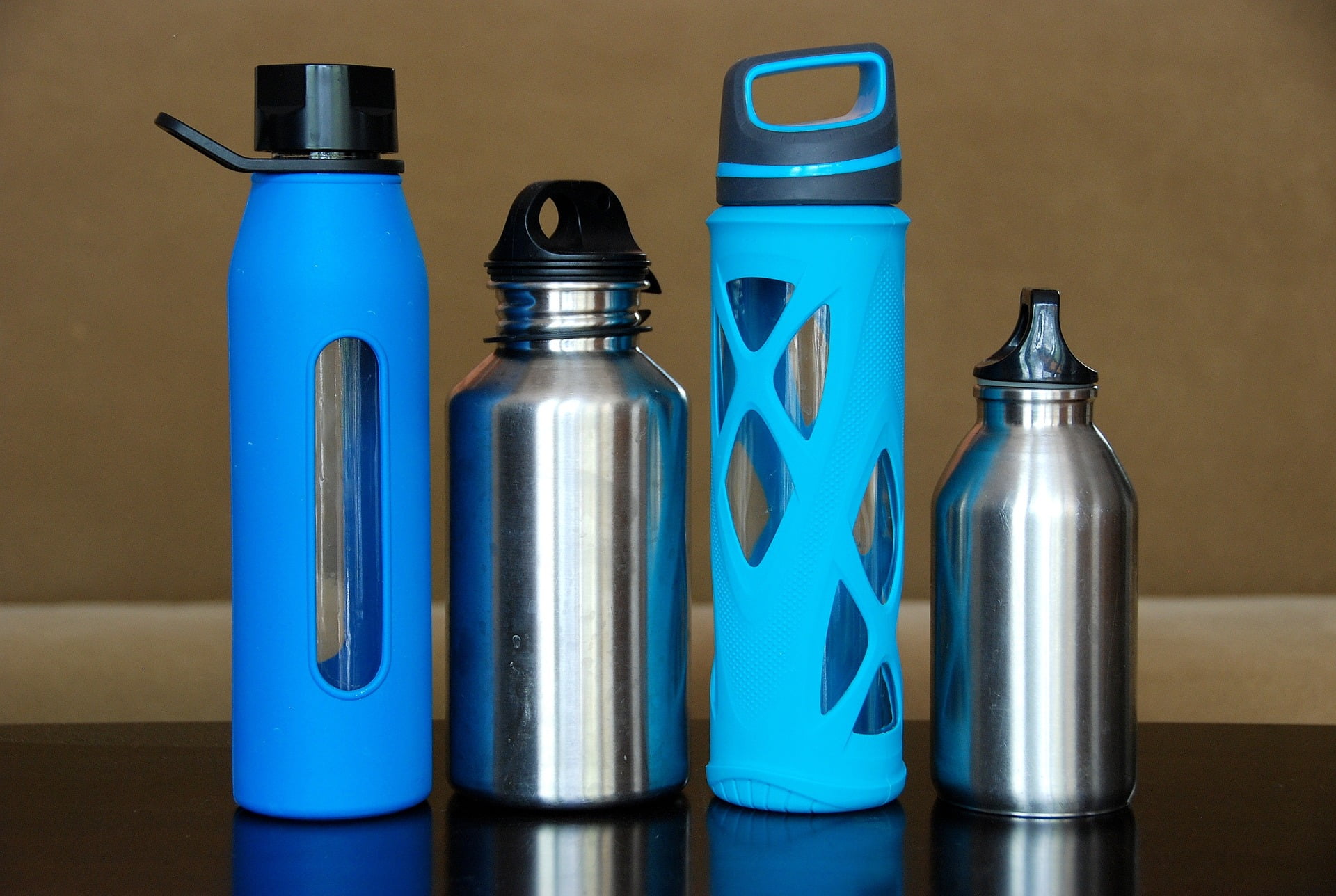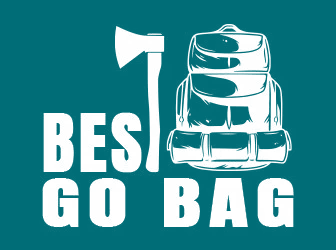<imgsrc=”” alt=””>
H2O is essential for survival and an absolute necessity when preparing for an emergency. In the aftermath of an emergency or a disaster, clean drinking water may not be available, and water in your home may be cut off or even contaminated with raw sewage. If grocery stores are open, the massive demand for bottles of H2O may deplete the shelves within moments, without a viable way for stores to quickly restock.
So, how much water do you need, and how exactly are you supposed to store it for an emergency? Keep reading to find out!
How Much Water Do I Need?
The general rule of thumb is that you will need roughly one gallon of water per person per day. Half a gallon is used for drinking, while the other half is used for hygiene. That number will go up depending on a whole host of factors. For example, if you happen to live in the sweltering heat or have a pregnant or nursing female in your group—you’ll want to store more water.
Alright, so a gallon of water per person is the general rule.
So the question becomes: how many days without water should you prep for?
Well, that really depends on how prepared you want to be for varying degrees of disaster.
FEMA suggests that everyone have enough water to last three days should your regular water source be disrupted. Three days of agua should be enough to get you through the periods of water shut-off or contamination that can sometimes happen during natural disasters like tornadoes, ice storms, and earthquakes.
Three days is a good starting point, but even during run-of-the-mill disasters, water access can be down much longer than that…
Many preppers suggest that you should have at least two weeks’ worth of water per person on hand. So, for a single individual, that’s 14 gallons of water. For a family of four, that would mean you’d need 56 gallons of water.
Whether you decide to go above and beyond the two-week minimum is totally up to you.
How To Store Emergency Water
So, what’s the best way to store water for an emergency, you ask? Great question!
Filtered water in BPA-free containers is the best option.
Filtered water is far more eco-friendly than buying plastic water bottles at the store, which contribute to the billions of plastic water bottles occupying large volumes of landfills and polluting the nation’s waterways. So with that in mind—if you can—it’s best to store filtered water rather than tap water or commercially available water.
Make sure you use BPA-free water bottles or containers. The water should be stored in a dark, cool place, and check your emergency water supply every six months to make sure it has not been compromised.
If you happen to have a home filtration system, you have the option of storing your own water in environmentally-safe containers. Food-grade water storage containers provide the best option for H2O storage but make sure you wash them thoroughly with soap and water prior to use.
Also, stick with ones in the 3- to the 7-gallon range. When full, these are still portable by the average person. Any larger than that, and they start to get a bit on the heavy side, making them a little more of a challenge to carry.
How Not To Store Water
So now that you know how to properly store water let’s get some misconceptions out of the way.
First and foremost, just because the water is clear doesn’t mean it is safe to drink! Contaminants, in most cases, are often colorless, and no one likes drinking poison or parasites.
Think your drinking water might be contaminated? Never fear, Stealth Angel Survival can help! Be sure to always keep a Stealth Angel Personal Water Filter on hand so you can drink water without getting sick or exposing yourself to harmful pathogens.
Another great product to keep on hand is Portable Aqua Drinking Water Germicidal Tablets. When used as directed, these super tablets make most water bacteriologically suitable to drink. Perfect for an emergency situation.
Two, H2O does not have a real expiration date—but that doesn’t mean that you can rely on the same stored water in the same container forever, even if it’s stored in ‘perfect’ conditions.
And three, yes, you can die if you do this wrong. It is simple to store water safely for the long term, but if you do it wrong, you are putting your life on the line.
At the very least, you will get sick, and getting sick or injured is no fun—especially during an emergency or disastrous situation. For that exact reason, we are going to tell you exactly how you should not store emergency water.
Do Not store water in food-grade containers that have previously stored other items. We are talking about soda bottles, beer kegs, milk jugs, or anything that was used to hold another drink or food (or chemicals, oils, etc.).
Do Not store water in cardboard containers. Sure, that may sound obvious—but box water is definitely a thing, and the truth is that cardboard just doesn’t last very long.
Do Not try to store water in something that can’t be properly sealed. With only a few rare exceptions, storing open water is not a good idea by any means because it’s open to contamination. Particles from the air, insects, and even animals can fall into your water. Bird poop in your survival water is no good.
Do Not store water in metallic containers that are not stainless steel. Trust us—if it isn’t stainless steel, it will corrode, and your H2O will go bad fairly quickly.
Do Not store your emergency water in anything that has the chance of becoming contaminated. If you have any doubt that the container could become compromised, don’t store water in that container and find something else.
Do Not store your emergency H2O in direct sunlight or heat. You want a cool shaded, temperature-controlled room. Windowless pantries, underground cellars, basements, and temperature-controlled garages are smart locations.
Heat, sunlight, and changes in temperature tend to be hard on everything. These are the enemy of long-term water storage and will contribute to much faster spoilage. Heat and UV rays are hard on plastic, and sometimes even glass can leach chemicals.
In Conclusion
When an emergency strikes, it’s almost always unexpected—whether it’s an earthquake, tornado, hurricane, or something else. Emergencies can be stressful and anxiety-inducing, especially if you and your family are not prepared and don’t have the essentials like clean drinking water.
The unfortunate truth of the matter is that if you don’t have clean drinking water during an emergency, you are not going to make it very far in terms of survival. H2O is not just a luxury that we can sometimes live without—it is a necessity.
Stay a step ahead and always be prepared for the unknown by properly storing a gallon of water per person as a safety precaution. And if you happen to be dealing with questionable water, don’t forget to use your Stealth Angel Personal Water Filter to avoid getting sick. Trust us—you’ll be glad you did!
Sources:



